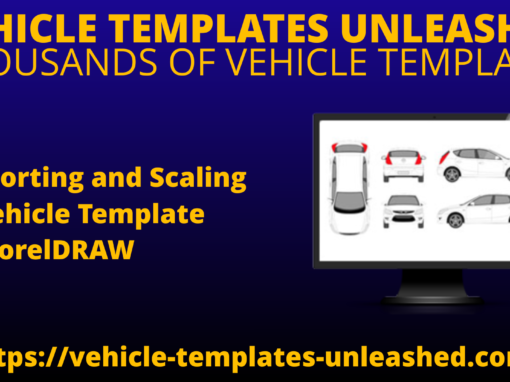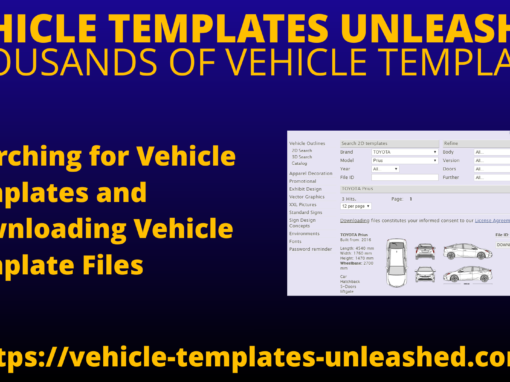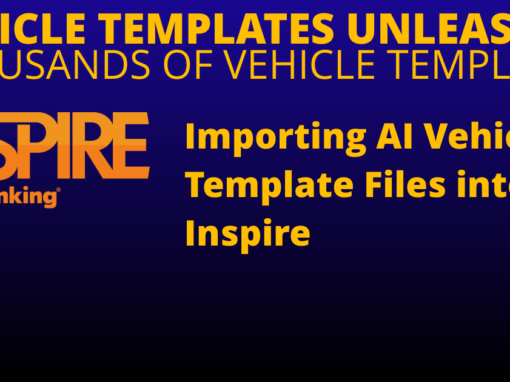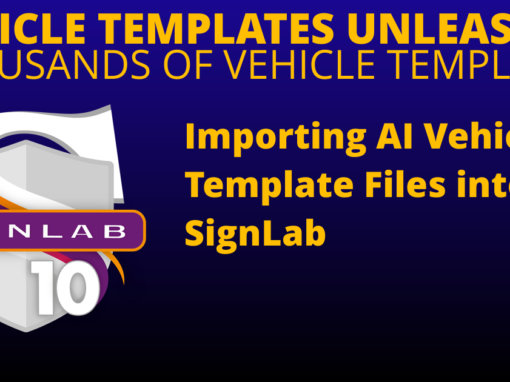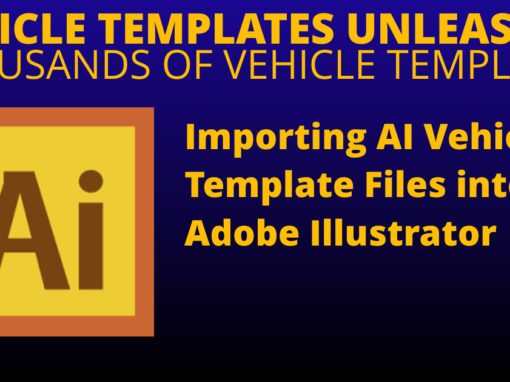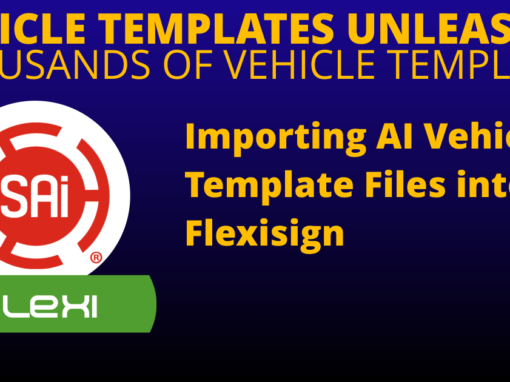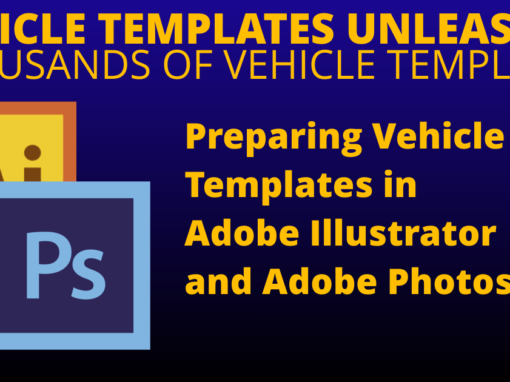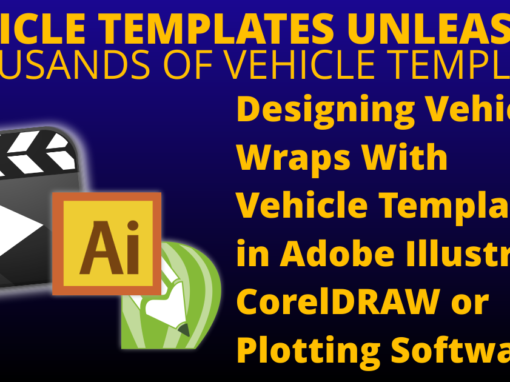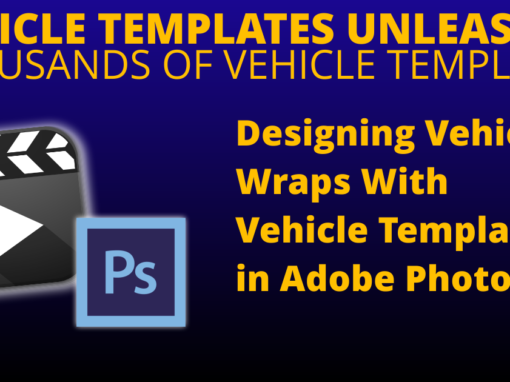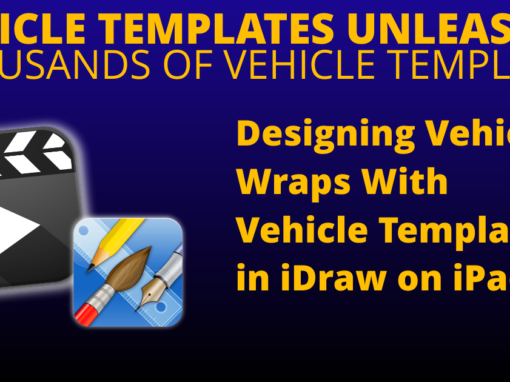Are New Cars Really New?

A question often asked is why we don’t always have the very newest template for the newest car models. It goes like this: “It’s December and the new XXX models came out in October but the latest template you have is for last year’s model.” In many cases, we DO have the most current template in our database.
What you may not know is that each year, when the new models are unveiled, most aren’t exactly new. Unless there’s a reason for a total redesign of a vehicle, the body model really doesn’t change much from year to year. You do need to understand the terms manufactures use and learn whether or not the latest model is actually new – or not.
First of all, have you ever wondered why the new vehicle model year starts on Oct. 1? Fall has been the start of the model year since the early 1900’s. In the early days, assembly plants in northern states had trouble with weather, lighting & heating in the winter. Most production took place in the summer then cars went out for sale in the fall. Farmers also played a role in the decision. Because they harvested & sold crops in the fall, the auto makers knew there was cash in the farmer’s pockets to go out and buy a new car. Learn more about why car years are ahead of time.
Changes to vehicles occur annually, but the type of changes vary greatly. The types of changes are tiered as follows: Update, Refresh, Facelift & Redesign. Updates result in the smallest number of changes and a Redesign produces an entirely new vehicle. If you’re buying a car, here’s information that gives great advise as to why you should pay attention to model cycles.
In order to create excitement each year, something HAS to be new compared to last year’s model. These are Updates & occur annually. Typically cosmetic and/or minor, Updates include new features, paint colors and option packages. Updates are expected and considered business as usual in the auto industry.
A Refresh is just one step above an annual Update. This will include the annual Update plus some small exterior changes, such as a revised front or rear bumper, new lights or new wheel designs. It’s the smallest possible amount of changes made to a car exterior plus the normal year-to-year revisions.
A Facelift is the step above a Refresh. This term describes a major update and often termed a Re-Engineering. This includes the model year update combined with substantial stylistic changes, heavily revised interiors and more new features than you’d expect from a simple refresh. When a car has had a facelift, expect it to have a noticeably different look than the previous year’s models. Despite updated features and new equipment, a car that has undergone a face-lift will still use the same engines and body platform.
A Redesigned vehicle is the ultimate vehicle change. It means that the vehicle model has undergone extensive changes, inside and out. Redesigns basically start a car’s life cycle all over again. Think Ford Mustang, from the 1960’s to the present. Same model name, over 50 years of redesigns.
How can you find out if the new model of a vehicle has really changed from the previous year? Our favorite resource is found in the Automotive News. It has a page titled Cars & Concepts: Future Products Pipeline that lists the manufacturers, in alphabetical order, which then drops down to lists what models will be undergoing planned changes.

Purchase Subscription
-
Car n Truck Vehicle Outline Collection - One Year Subscription
$199.00Successfully Added to your Shopping CartAdding to Cart... -
Car n Truck Vehicle Outline Collection - Lifetime Subscription
$599.00Successfully Added to your Shopping CartAdding to Cart... -
Car n Truck Vehicle Outline Collection - One Month Subscription
$49.00Successfully Added to your Shopping CartAdding to Cart...
All Vehicle Template Tutorials
